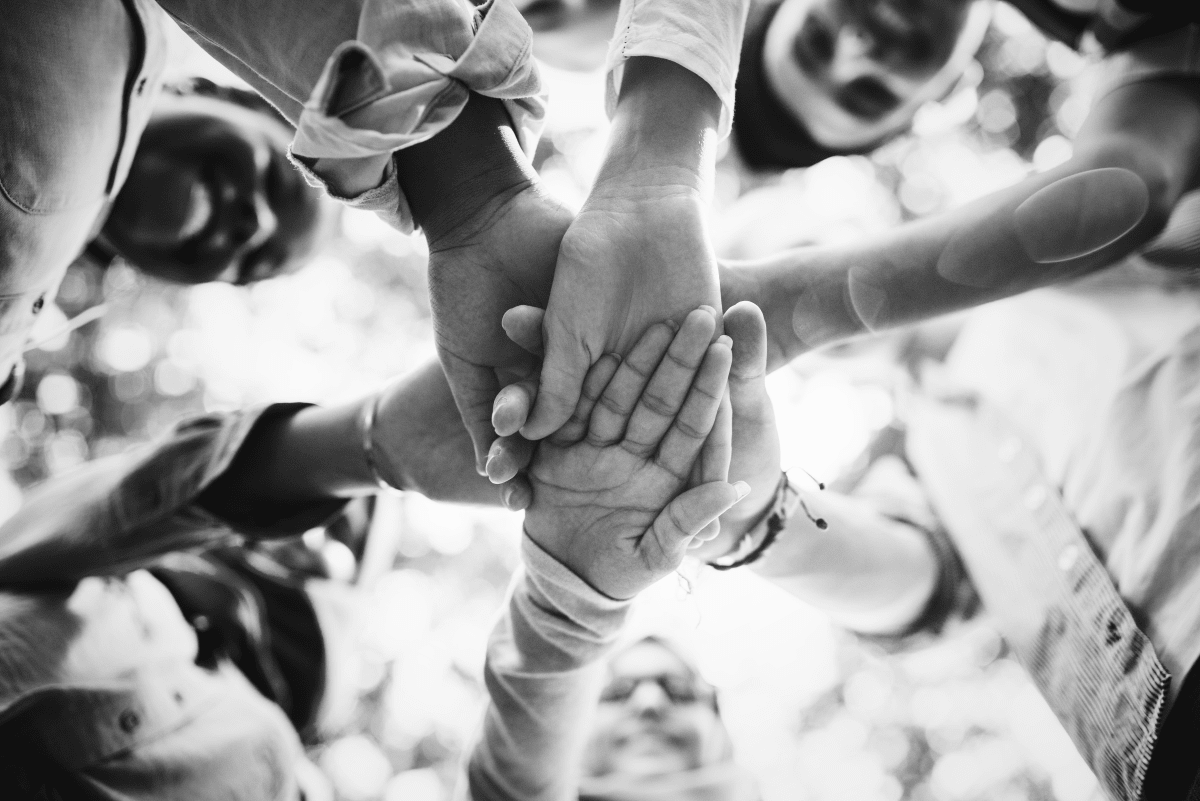Youth Action in Covid 19, Focusing on Disadvantaged Youth

The COVID-19 pandemic is disrupting every aspect of people's lives in an unprecedented manner. While many of its implications, such as confinement-related psychological distress and social distancing measures, affect all of society, different age groups experience these impacts in distinct ways. With the gradual transition of government responses from immediate crisis management to the implementation of recovery measures, several concerns are emerging, such as increasing levels of youth unemployment and the implications of rising debt for issues of intergenerational justice, as well as threats to the well-being of youth and future generations. An inclusive response to and recovery from the crisis requires an integrated approach to public governance that anticipates the impact of response and recovery measures across different age cohorts. “Building better” requires decision makers to acknowledge generational divides and address them decisively in order to leave no one behind.The global pandemic is also having an uimpact on education systems all over the world, with far-reaching social consequences. According to UNESCO (2020), so far 191 countries have implemented nationwide or localized school closures, resulting in over 91 per cent of enrolled students, or 1.5 billion people, not being able to go to school . These students face disruptions to their education of uncertain duration, with varying levels of alternative delivery methods.These disruptions can negatively impact learning, access to nutrition, and consequently, graduation rates. School closures have a particularly adverse effect on poorer students, students without stable internet access at home, and children relying on help from their schools in meeting their nutrition and health needs. The situation is especially acute for girls and young women who are disproportionately excluded from education.Certain findings also confirm significant psychological impacts of social distancing and quarantine measures on young people causing stress, anxiety and loneliness, while also affirming that young adults (aged 18 to 29) experience higher level of distress compared to other age groups since the onset of the pandemic. Evidence from previous pandemics suggests that exposure to domestic violence increases during lockdown measures, leaving adolescents, children and women vulnerable to violence by family members and intimate partners with long-lasting psychological impacts. Vulnerable and marginalised youth are at particular risk of COVID-19 and its impacts. Young migrants and refugees, youth living in rural areas, adolescent girls and young women, indigenous and ethnic minority youth, young persons with disabilities, young people living with HIV/AIDS, young people of different sexual orientations and gender identities, and homeless youth already experience challenges in accessing healthcare services and social protection. Young people with physical or mental health conditions also face an elevated risk in relation to COVID-19. Many young people may not have stable housing and therefore cannot safely engage in home-based social distancing. The pandemic and economic recession may further fuel stigma and discrimination against certain groups of young people, which in turn would further exclude them from accessing healthcare and maintaining their livelihoods.
Contact Us
Email Address
director@ghyf.orgAll Rights Reserved 2021-Present GHYF
Made with ♥ by Poorna